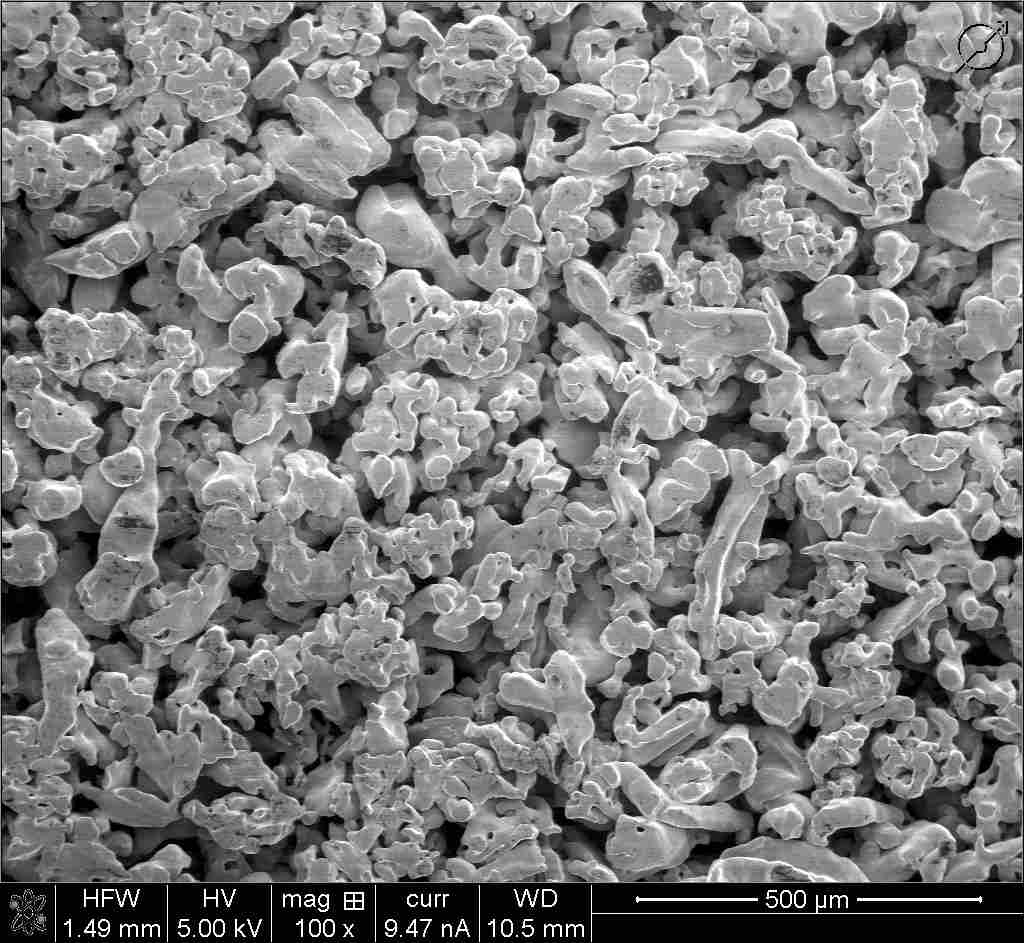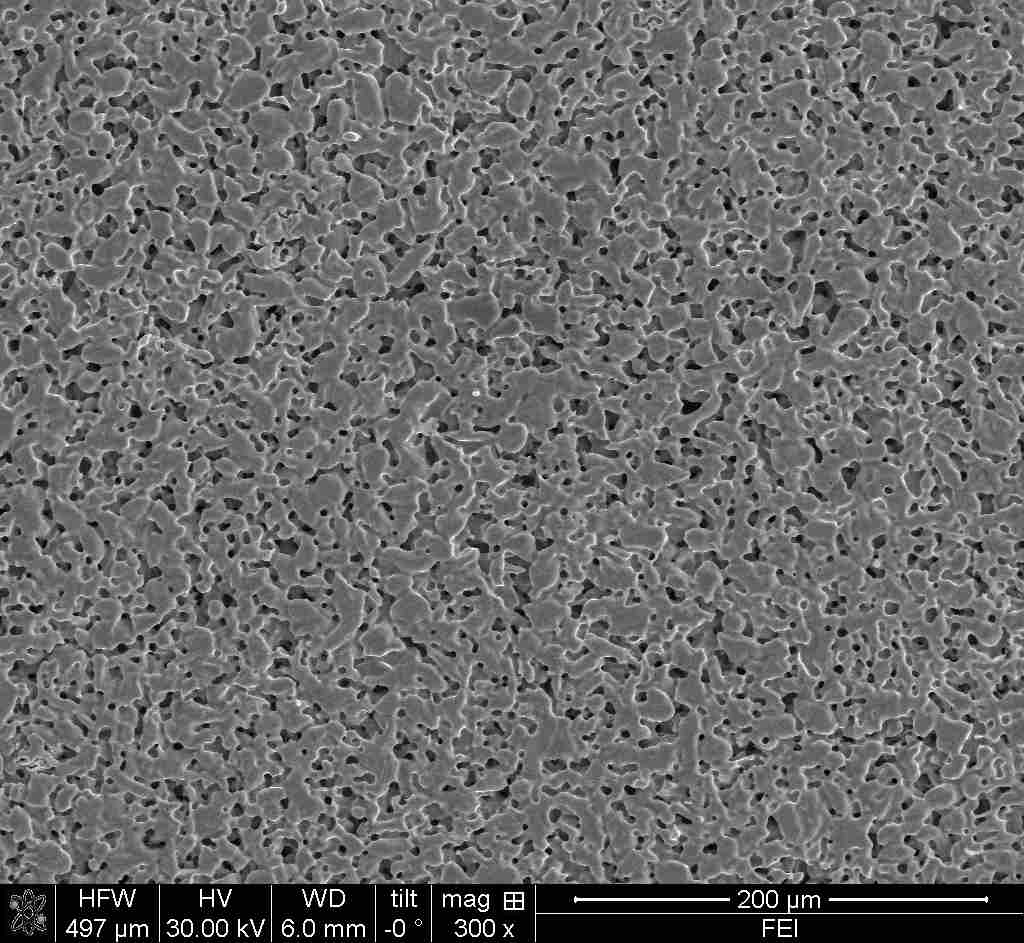
Hadi Firoozi
Islamic Azad University, Iran
Title: Study of surface characteristics of biomaterials used for medical devices and biosensors
Biography
Biography: Hadi Firoozi
Abstract
Introduction
The geometry, structural properties and importantly surface features of implants play an important role on their biocompatibility and post implantation induced foreign body response [1]. The formation of fibrotic tissue in the surrounding of implants can define their fate and potentially hinder the performance of medical devices by creating diffusional barriers for oxygen and nutrient transport [2-4]. The reduced transport dynamics can then lead to creation of hypoxic conditions affecting tissue function and performance of the implants [5,6]. It is therefore crucial to study the surface features and characteristics of biomaterials prior to implantation. In this study, porous pure titanium and stainless steel (304), two widely used prosthetics implants due to their proper elastic modulus, biocompatibility and corrosion resistant, and the ability to control their surface features are studied [7-11]. This investigation focuses on surface characteristics of these materials which are mostly used on outer surfaces of medical devices and as orthopedic implants.
Experimental procedure
Scanning electron microscopy (SEM) (performed by Quanta 600, FEI company) shows significant variability in the surface characteristic of all studied implant materials. The pore size and geometry is analyzed using MATLAB to map the pore distribution.
Results and discussion
The difference in pore size, pore shape and distribution of the studied stainless steel and pure titanium is shown in Figure 1. Their different porous structures can cause differences in induced foreign body response and ultimately the function of the medical devices and implants using them as outer surfaces.
Image:
A)

B)

Fig. 1. Scanning electron microscopy (SEM) images of (A) porous stainless steel 314, (B) porous pure titanium.
Our image analysis shows a lower variety in pore size distribution and shape in stainless steel as compared to titanium. This might be because of higher ability to control the surface features for this material. These surface characteristics are important for medical devices because the induced fibrosis can change the diffusional characteristics, moreover the are crucially important for orthopedic implants as well, since the quality of the bone formed is greatly influenced by the properties of the implants. This investigation can be further extended to in vivo studies and histological analysis, results can then show how changes in pore size distribution affects the foreign body response.
Conclusion
Our analysis matched with an extensive literature study on foreign body response of different materials and their surface characteristics confirms the importance of our investigation on selection of biomaterials with appropriate surface features based on their final use in medical devices or implant applications. The stainless steel has shown a higher uniformity in pore size distribution. Following studies will discuss the effects of pore distribution on mechanical and diffusional characteristics of these materials.
References
- Anderson JM, Rodriguez A, Chang DT. Foreign body reaction to biomaterials. InSeminars in immunology 2008 Apr 1 (Vol. 20, No. 2, pp. 86-100). Academic Press.
- Tang L, Thevenot P, Hu W. Surface chemistry influences implant biocompatibility. Current topics in medicinal chemistry. 2008 Mar 1;8(4):270-80.
- Najdahmadi A, Lakey JR, Botvinick E. Diffusion coefficient of alginate microcapsules used in pancreatic islet transplantation, a method to cure type 1 diabetes. InNanoscale Imaging, Sensing, and Actuation for Biomedical Applications XV 2018 Feb 20 (Vol. 10506, p. 105061D). International Society for Optics and Photonics.
- Kummerfeld G, Krishnan R, Najdahmadi A, Botvinick E, Lakey JRT. Alginate composition and temperature influence microcapsule permeability. Royan international twin congress 11th congress on stem cell biology and technology. 2015/9;17(1):19–20.
- Higgins DM, Basaraba RJ, Hohnbaum AC, Lee EJ, Grainger DW, Gonzalez-Juarrero M. Localized immunosuppressive environment in the foreign body response to implanted biomaterials. The American journal of pathology. 2009 Jul 1;175(1):161-70.
- Najdahmadi A, Gurlin RE, Weidling J, White S, Shergill B, Lakey JR, Botvinick E. Non invasive study of oxygen tension and vascularization in subcutaneously implanted medical devices. InProc. SPIE 2018 (Vol. 10488, p. 1048847).
- Buser D, Broggini N, Wieland M, Schenk RK, Denzer AJ, Cochran DL, Hoffmann B, Lussi A, Steinemann SG. Enhanced bone apposition to a chemically modified SLA titanium surface. Journal of dental research. 2004 Jul;83(7):529-33.
- Schwarz F, Herten M, Sager M, Wieland M, Dard M, Becker J. Bone regeneration in dehiscenceâ€type defects at chemically modified (SLActive®) and conventional SLA titanium implants: a pilot study in dogs. Journal of clinical periodontology. 2007 Jan 1;34(1):78-86.
- Gotman I. Characteristics of metals used in implants. Journal of endourology. 1997 Dec;11(6):383-9.
- Najdahmadi A, Zarei-Hanzaki A, Farghadani E. Mechanical properties enhancement in Ti–29Nb–13Ta–4.6 Zr alloy via heat treatment with no detrimental effect on its biocompatibility. Materials & Design (1980-2015). 2014 Feb 1;54:786-91.
- Najdahmadi A, Zarei-Hanzaki A, Farghadani. Microstructural evaluation and mechanical properties of solution treated biomedical TNTZ alloy. International conference of metallurgical engineering society and foundry men’s society 1622-IMES-CONGR-FULL [Internet]. 2012 Oct; Available from: http://dx.doi.org/10.13140/RG.2.2.21846.96325
